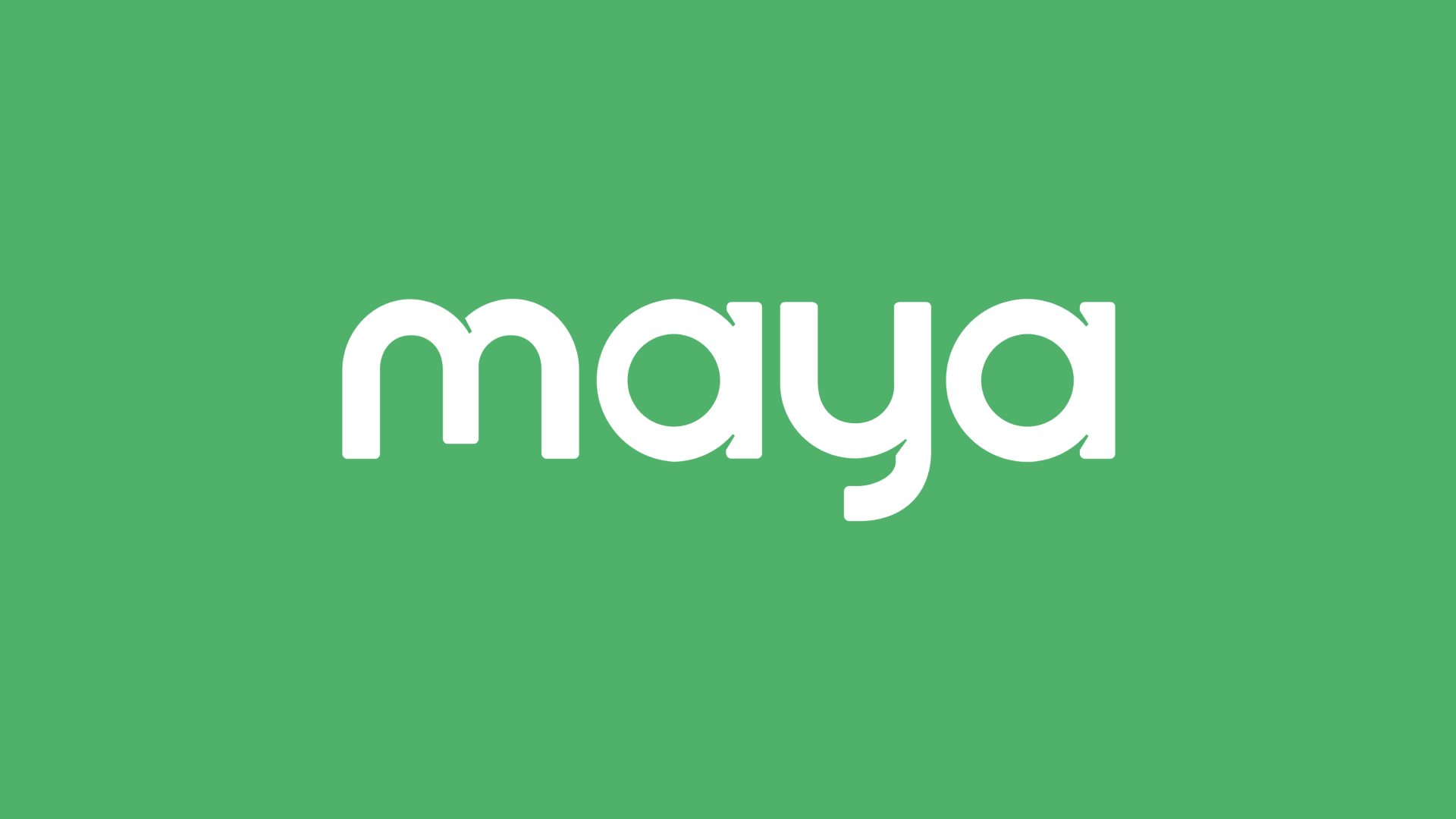
Charting your e-commerce store visitors’ experience through the buyer’s journey model can give you deeper insights into their preferences and behaviors. These insights, in turn, can contribute to a creating better-performing website as well as lower sales and marketing costs.
Below are the typical stages of the buyer’s journey in an e-commerce context. Note that these stages are merely a guideline since individual journeys are deeply personal, with buyers sometimes even going back and forth between different stages. That being said, this guide should give you a foundational understanding of the general progression customers often follow, allowing you to tailor your own strategies and enhance the overall customer experience for your own business.
Awareness
At this stage, the potential buyer becomes aware of a need for a product or service. In e-commerce, awareness could come from online marketing campaigns, offline ads, or even word of mouth.
Interest/Consideration
After developing awareness, potential buyers begin to research and consider various solutions. In the e-commerce context, they might compare different products or services, read reviews, and explore options available online and offline. They might even look at very specific factors such as whether the online sellers they’ve shortlisted are able to have their preferred online payment processed.
Increasingly, as cashless payments and e-commerce popularity converge, online payment portal choices are becoming more important. In the Philippine e-commerce space, Maya Business has become the preferred online payment processing company, thanks to its localized and hassle-free online payment processing. Maya Business online payment solutions like Maya Checkout can handle the full spectrum of Philippine-specific digital payments, from traditional and virtual payment cards to QR Ph codes and digital wallets. If you want to retain potential customers at the interest stage, integrating Maya Business online payment platforms is a must.
Decision
In this stage, potential buyers have narrowed down their options and are at the cusp of a decision. They may have already weighed their available options and are just about ready to go through your online payments gateway to make a purchase.
In an e-commerce context, you should do whatever you can to facilitate a smooth transition to the next stage. Here’s a resource to help you optimize your website’s checkout process: 6 Ways to Streamline Payment Processes for Online Customers.
Action/Conversion/Purchase
This is the stage of the buyer’s journey where site visitors or potential buyers are converted to paying customers. Typically, buyers add their selected product or service to their cart, enter their payment information, and complete their transaction through one of your offered internet payment solutions.
While many buyer’s journey models end at this stage, the importance of repeat business cannot be overstated in e-commerce. This is why many recent buyer’s journey models add more stages after conversion.
Experience/Post-Purchase
After making a purchase, customers may have questions or feedback related to their purchase. Providing excellent post-purchase support can set you apart from other e-commerce businesses and help bring about fruitful long-term customer relationships.
As mentioned, e-commerce businesses rely on repeat business, making it necessary to think beyond the first purchase. Modeling customer activity and intent after purchase is a useful way to cultivate repeat sales and brand loyalty.
Loyalty/Advocacy
Customers who have positive experiences with your e-commerce store may become self-directed advocates for your brand. Without your prompting, they may recommend your offers to their contacts, leave positive reviews, or engage with your brand on social media, improving your brand equity and drawing more interested customers to your online store.
The key to driving customers to this stage is to consistently offer great customer service that goes above and beyond what’s expected for your core offers. Check out this resource on improving your online shop’s customer experience: 7 Ways to Improve Customer Experience on Your Shopify or WooCommerce Store.
Smoothen Your Buyer’s Online Journeys with Maya Checkout
With its excellent user interface and ability to process any payment, Maya Checkout is the best online payment processing solution for growing e-commerce businesses. Maya Checkout easily integrates into most website and app frameworks, giving you top-tier payment processing, regardless of the e-commerce platform you’ve chosen to build your site on. For Shopify and WooCommerce stores, Maya Plugins offer seamless integration of a fully-featured third-party payment gateway Shopify and WooCommerce sites can use within minutes. Create your Maya Business Manager account today to activate Maya Checkout.
After signing up, you’ll be able to access the Maya 1-2-3 Grow bundle. Maya 1-2-3 Grow gives you a 1% MDR (merchant discount rate) discount on all QR Ph transactions, 3 months after signing. This saves you PHP 14,600 in transaction fees for every PHP 1 million in QR Ph sales.
As part of the bundle, you’ll also be able to open a Maya Business Deposit account for settling your Maya Business transactions. With a market-leading 2.5% per annum interest rate, you’ll earn an extra PHP 25,000 per year on just a PHP 1 million deposit. You’ll also save on day-to-day finances thanks to Maya Business Deposit’s zero maintaining balance and free transfers via InstaPay and PesoNE.
The Maya 1-2-3 Grow bundle also qualifies you for a Maya Flexi Loan offer of up to PHP 2 million. For a better loan offer, just use Maya Business as your primary online payment processing service. The more you use Maya Business’s services, the better your potential loan offer.
Send in your Maya Business Manager application today for better customer journeys with Maya Checkout and to reap the benefits of Maya 1-2-3 Grow.

Maya Business
Merchant inquiries:
Maya is powered by the country's only end-to-end digital payments company Maya Philippines, Inc. and Maya Bank, Inc. for digital banking services. Maya Philippines, Inc. and Maya Bank, Inc. are regulated by the Bangko Sentral ng Pilipinas.
www.bsp.gov.ph